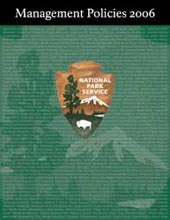
NPS
The Guide to Managing the National Park System
The National Park System was created to conserve unimpaired many of the world’s most magnificent landscapes, places that enshrine our nation’s enduring principles, and places that remind us of the tremendous sacrifices Americans have made on behalf of those principles. They are the most remarkable collection of places in America for recreation and learning. Visitors can immerse themselves in places where events actually happened and enjoy some of the most significant natural and historic places in America. These are places that offer renewal for the body, the spirit and the mind. As required by the 1916 Organic Act, these special places must be managed in a special way—a way that allows them to be enjoyed not just by those who are here today, but also by generations that follow. Enjoyment by present and future generations can be assured only if these special places are passed on to them in an unimpaired condition. And that is the challenge that faces all the employees of the National Park Service. It is a challenge eagerly embraced, but employees must have the tools required to perform the job successfully.
The Management Policies contained in these pages represent one of the most important tools available. Through their judicious and consistent application, these policies will set a firm foundation for stewardship that will continue to earn the trust and confidence of the American people.
Underlying Principles
The National Park Service adhered to a number of principles in preparing this 2006 edition of Management Policies. The key principles were that the policies must:
- comply with current laws, regulations and executive orders;
- prevent impairment of park resources and values;
- ensure that conservation will be predominant when there is a conflict between the protection of resources and their use;
- maintain National Park Service responsibility for making decisions and for exercising key authorities;
- emphasize consultation and cooperation with local/state/tribal/federal entities;
- support pursuit of the best contemporary business practices and sustainability;
- encourage consistency across the system—“one national park system;”
- reflect National Park Service goals and a commitment to cooperative conservation and civic engagement;
- employ a tone that leaves no room for misunderstanding the National Park Service’s commitment to the public’s appropriate use and enjoyment, including education and interpretation, of park resources, while preventing unacceptable impacts;
- pass on to future generations natural, cultural, and physical resources that meet desired conditions better than they do today, along with improved opportunities for enjoyment.
Contents of Management Policies
-
 Introduction
IntroductionThis is the basic policy document of the National Park Service.
-
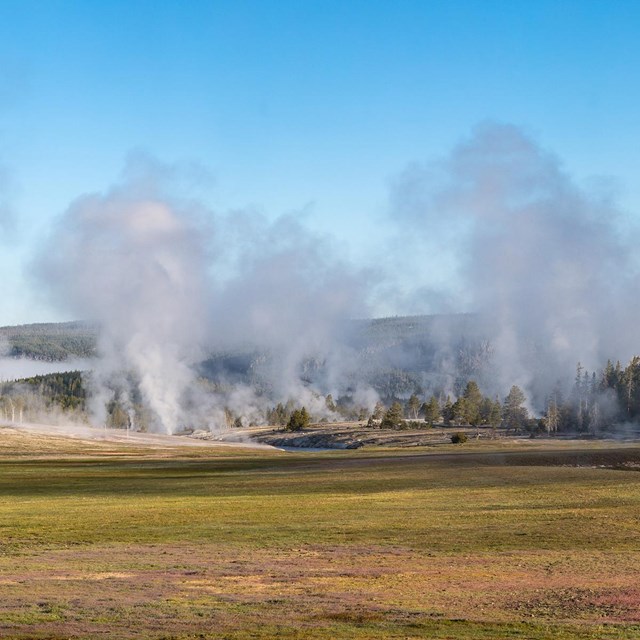 1. The Foundation
1. The FoundationBeginning with Yellowstone, the idea of a national park was an American invention of historic consequences.
-
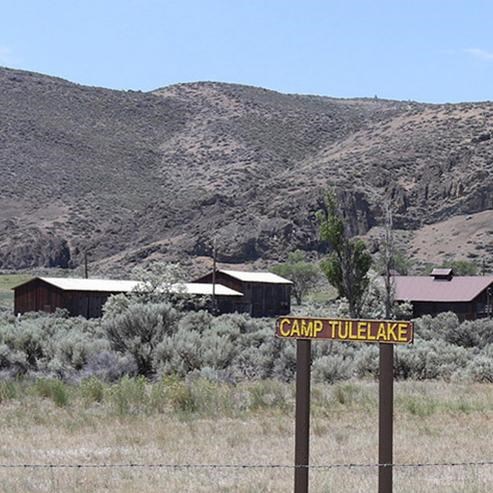 2. Park System Planning
2. Park System PlanningPark planning helps the agency achieve the mandate to preserve resources unimpaired for the enjoyment of present and future generations.
-
 3. Land Protection
3. Land ProtectionThe National Park Service applies appropriate land protection methods to protect park resources from incompatible land uses.
-
 4. Natural Resource Management
4. Natural Resource ManagementThe agency preserves and protects the natural resources, processes, systems, and values of the parks in an unimpaired condition.
-
 5. Cultural Resource Management
5. Cultural Resource ManagementThe National Park Service is steward of many of America’s most important cultural resources.
-
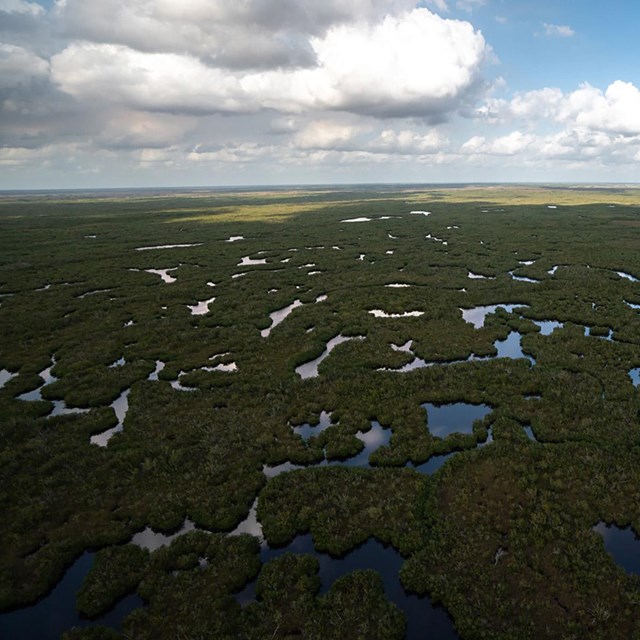 6. Wilderness Preservation & Management
6. Wilderness Preservation & ManagementWilderness areas are managed for recreational, scenic, scientific, educational, conservation, and historical use.
-
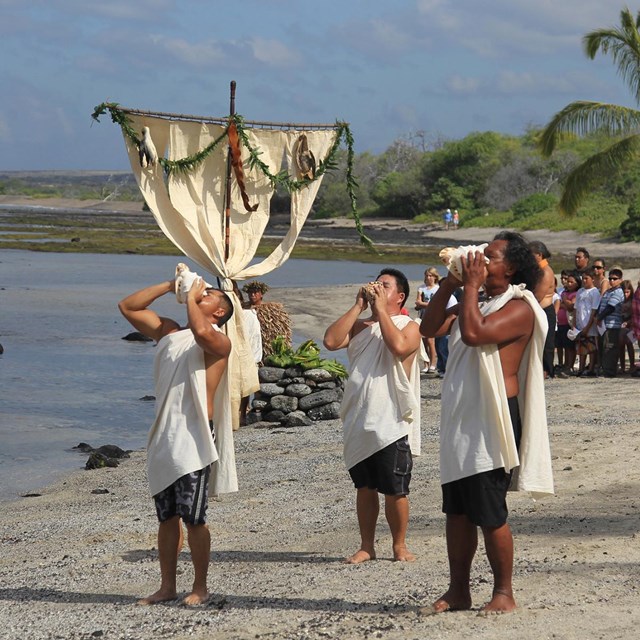 7. Interpretation & Education
7. Interpretation & EducationNational parks are among the most remarkable places in America for recreation, learning, and inspiration.
-
 8. Use of the Parks
8. Use of the ParksProviding opportunities for appropriate public enjoyment is an important part of the National Park Service's mission.
-
 9. Park Facilities
9. Park FacilitiesFacilities will be harmonious with park resources, functional, cost-effective, sustainable, universally designed, and welcoming to all.
-
 10. Commercial Visitor Services
10. Commercial Visitor ServicesPublic accommodations, facilities, and visitor services must be consistent with preservation and conservation of park resources and values.
-
 Appendices and Glossary
Appendices and GlossaryPolicy-related references and glossary of words, terms, and concepts used in Management Policies.
Last updated: August 6, 2025
